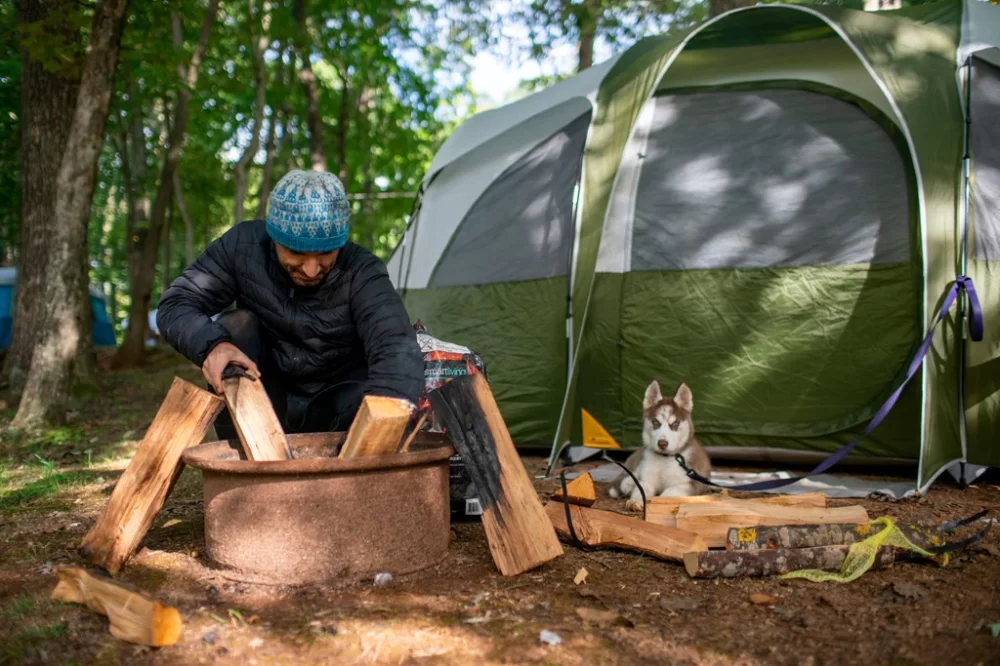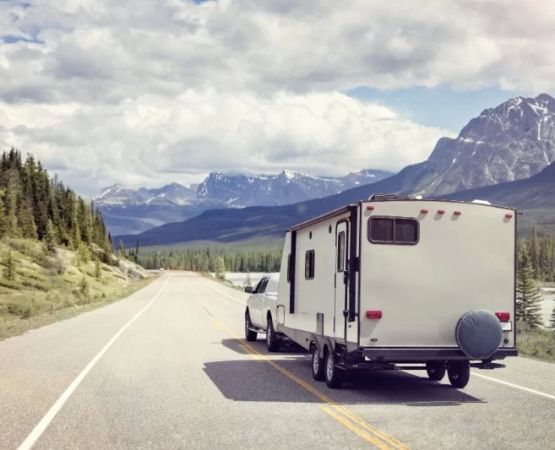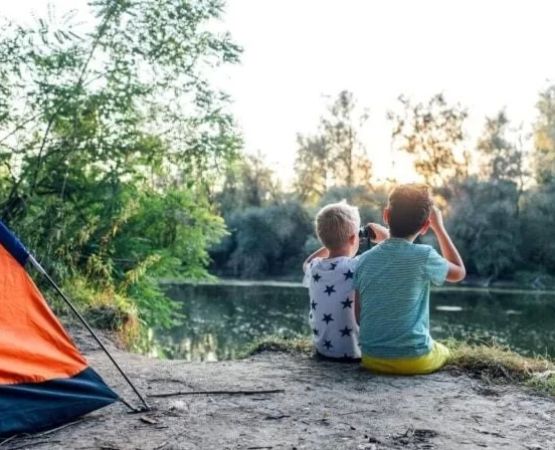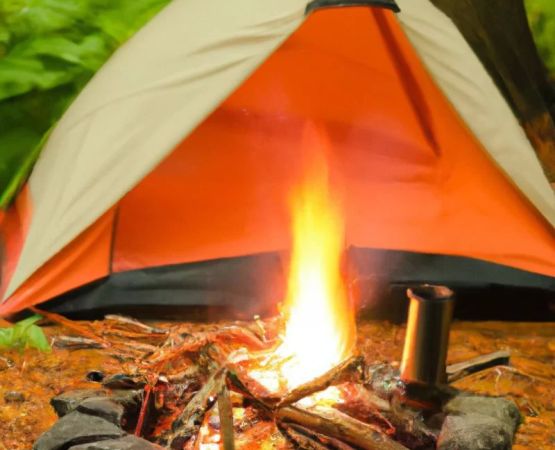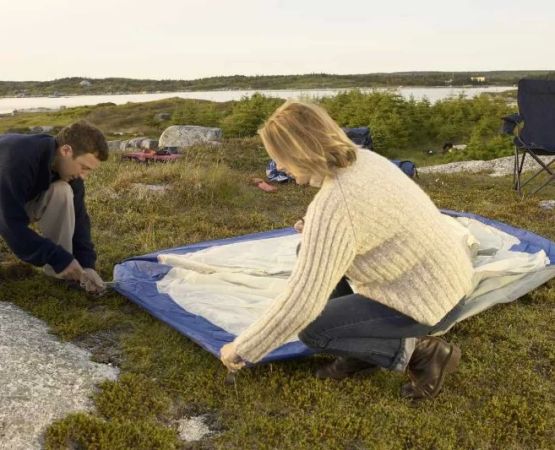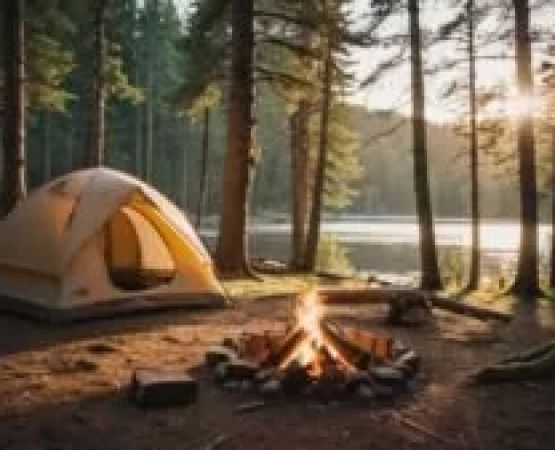Sustainable Outdoor Activities You Can Enjoy While Camping
Camping has always been my escape—fresh air, unplugging from tech, waking up with the sunrise. But over time, I realized that the way I spent time outdoors could have a big impact on the very places I love. That’s when I made a shift: I started weaving sustainability into every part of my trips. Whether I’m solo in a hammock or with friends by a lake, these eco-conscious activities have made my camping adventures more meaningful.
1. Hiking with a Purpose
Leave No Trace in Action
Every hike I take now follows the Leave No Trace principles. I always stick to marked trails, avoid picking wildflowers (even when they’re stunning), and carry a small trash bag with me. It’s incredible how much litter I’ve picked up—bottle caps, food wrappers, even lost sunglasses. One time in Shenandoah, I ended up carrying out a full bag of plastic someone left behind. That hike felt like a mission accomplished.
Wildlife Respect and Observation
Instead of chasing after wildlife for the perfect photo, I bring a pair of lightweight binoculars. Watching a family of deer graze or listening to owls at dusk has become a favorite pastime. I’ve learned that keeping a respectful distance doesn’t take away the magic—it adds to it.
2. Eco-Friendly Water Activities
Kayaking and Paddleboarding Without a Motor
Whenever I camp near water, I bring my inflatable kayak. Unlike motorboats, it doesn’t create noise or pollution. Gliding through quiet waters, especially in the early morning, is pure therapy. I remember paddling across a mirror-like lake in Oregon—just me, the herons, and a thermos of hot coffee.
Fishing Sustainably
Catch and release fishing is my go-to. I always check local guidelines to avoid overfished species and use barbless hooks. Once in the Adirondacks, I released a rainbow trout after a good fight—it swam away strong, and I felt like I was truly part of the ecosystem instead of just a visitor.
3. Nature Journaling and Sketching
Creative Reflection in Nature
I carry a small recycled-paper notebook and sketch pencil in my pack. Sitting by the fire or under a pine tree, I sketch leaves, track birdcalls, or write haikus. It helps me slow down and notice the little details—like how pine cones open in the sun. Once, I even documented a storm moving across the valley through quick watercolor strokes.
Sharing the Experience Mindfully
Instead of constant Instagram updates, I save my stories for later and share them thoughtfully with friends and family. A sustainable mindset also means reducing digital noise and focusing on the present moment outdoors.
4. Forest Bathing and Mindful Walking
The Art of Slowing Down
Inspired by the Japanese practice of shinrin-yoku, I’ve started forest bathing on my camping trips. It’s simply the act of walking slowly, breathing deeply, and observing with all senses. I did this once in Olympic National Park—the mossy silence, the drip of rain on ferns—it was more refreshing than any spa treatment.
Mindful Movement
Sometimes I add slow yoga or simple stretches to my routine—especially after a long hike. It’s not just good for the body, but it deepens my connection with the environment around me. A morning sun salutation under the open sky? Pure bliss.
5. Citizen Science and Trail Stewardship
Get Involved with Nature
During a trip to Colorado, I joined a local park group for a trail cleanup. It was a small action, but I left knowing I’d helped preserve the beauty for others. Now, I look for volunteer options or simple citizen science projects, like logging wildlife sightings for biodiversity studies.
Teaching and Sharing Sustainable Habits
Whenever I camp with friends, I show them how I pack waste-free, use biodegradable soap, or make DIY fire starters from dryer lint and cardboard. It sparks great conversations and spreads awareness without preaching. The ripple effect is real—some of my friends now bring their own reusable kits too.
6. Foraging and Cooking Responsibly
Wild Edibles with Caution
I've taken a few foraging workshops, so when I'm in the right region, I’ll responsibly harvest things like wild mint or berries (following all local regulations and never overharvesting). There's something incredibly grounding about adding something from nature to a meal you've cooked yourself over a campfire.
Low-Waste Cooking and Cleaning
I plan meals to avoid food waste—think one-pot dishes and pack-out plans for leftovers. My camp kitchen setup includes reusable containers, compostable dish cloths, and a small collapsible wash basin. It’s simple, efficient, and respectful of the land I’m staying on.
Camping isn’t just about enjoying nature—it’s about protecting it. The more sustainable our activities are, the more we ensure these wild places stay beautiful for future campers. If you’re looking to camp in a place that supports these values, I highly recommend checking out Pine Cliff Resort. They’re big on eco-friendly experiences that align perfectly with what I’ve shared here.

